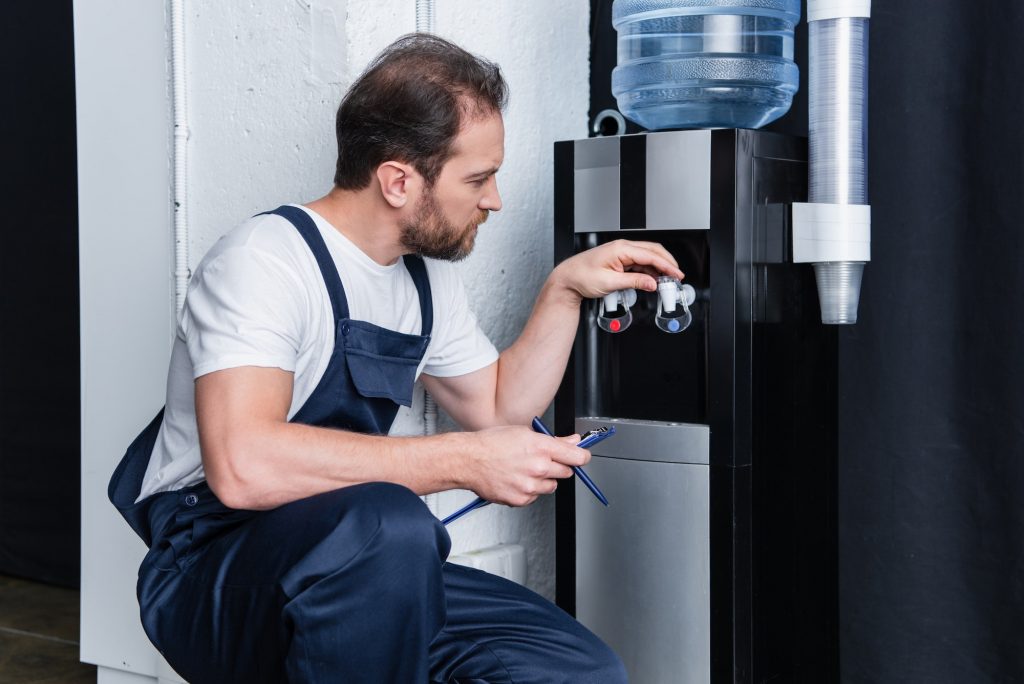The Best Types of Dehumidifiers for Recycling Your Water

There are several different types of dehumidifiers for homes, including desiccant, Silica gel, and Thermo-electric. Each one has its own pros and cons. If you’re considering purchasing one, consider the benefits of recycling water.
Desiccant dehumidifiers
Desiccant dehumidifier systems use a lithium chloride solution to absorb moisture and then release it into the air. This process is called porting. Most dehumidifiers have a port built into their design, or you can buy a hose at a hardware store. This method works best if gravity is on your side, so make sure to place the dehumidifier in a higher position than the receptacle.
You can also use the water produced by a dehumidifier to water plants and landscape your yard. Just make sure that you don’t use the water for drinking. It may contain harmful chemicals.
Silica gel dehumidifiers
Silica gel dehumidifiers use silica gel as a desiccant and adsorbent. These dehumidifiers work by passing air over a bed of silica gel crystals. The crystals absorb water from the air current, and then the processed air is allowed to circulate out of the installation. The crystals, which are blue and white in color, act as perfect desiccants and can protect electrical and electronic components from corrosion.
Silica gel is an insoluble form of silicon dioxide, and it is highly cross-linked and porous. It has an excellent absorption capacity, and it can absorb up to 40% of its weight in water vapor. It is also resistant to mold and bacteria.
Thermo-electric dehumidifiers
Thermo-electric dehumidryers work by using the Peltier effect. This effect is a type of electricity that runs through a thermoelectric element. This element has a positive charge on one side and a negative charge on the other. Its temperature difference is what facilitates dehumidification.
The main drawback to thermoelectric dehumidifiers is their low reliability. Unlike compressor-based dehumidifiers, thermo-electric dehumidifiers only remove about 8 to 20 ounces of moisture per day. In comparison, the average residential desiccant dehumidifier can remove as much as 15 to 20 pints of moisture per day. The most popular compressor-based models can remove more than 50 pints a day. This means that thermo-electric dehumidifiers are not a good choice for high-rate dehumidification.
Eva-Dry dehumidifiers
The Eva-Dry dehumidifier is a good choice if you want to reduce your monthly electric bill and use less energy. It works well in small rooms and has an energy efficient design. Moreover, it is whisper-quiet so it does not produce too much noise. Its noise output is just 50.9 decibels, which is not much when compared to other dehumidifiers.
Eva-Dry dehumidifier units use desiccant technology to absorb moisture from the air without creating messy spills or harmful toxins. These dehumidifiers are energy-efficient and do not require batteries or power to operate. They are extremely quiet and can work for up to four to six weeks without any power or electricity. Furthermore, their long-lasting desiccant materials do not need to be replaced or regenerated and are suitable for use in colder climates.
Keystone dehumidifiers
If you’re looking for a dehumidifier that doesn’t use a lot of water, you should consider a Keystone model. These dehumidifiers come with a defrost mode that shuts off the compressor when frost builds up on the evaporator coils. The defrost mode allows the fan to run and melt the frost, and when the frost has been melted, the compressor cycles back on. This is an excellent feature to have, especially if you’re looking to save money on your water bill.
Another key feature of Keystone dehumidifiers is that they use a very accurate built-in hygrometer to determine the humidity level in the room. It also cycles the compressor on and off depending on the humidity level in the room. It’s important to note that a Keystone dehumidifier’s humidity reading should be within 1% of the actual humidity level in the room.






